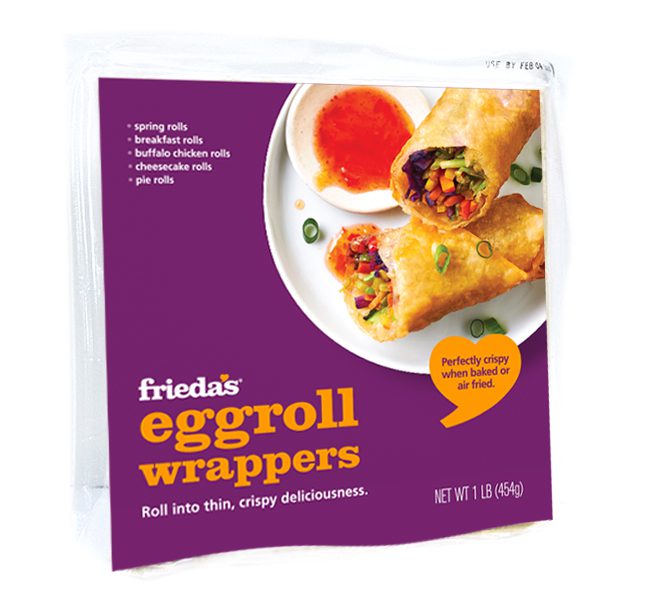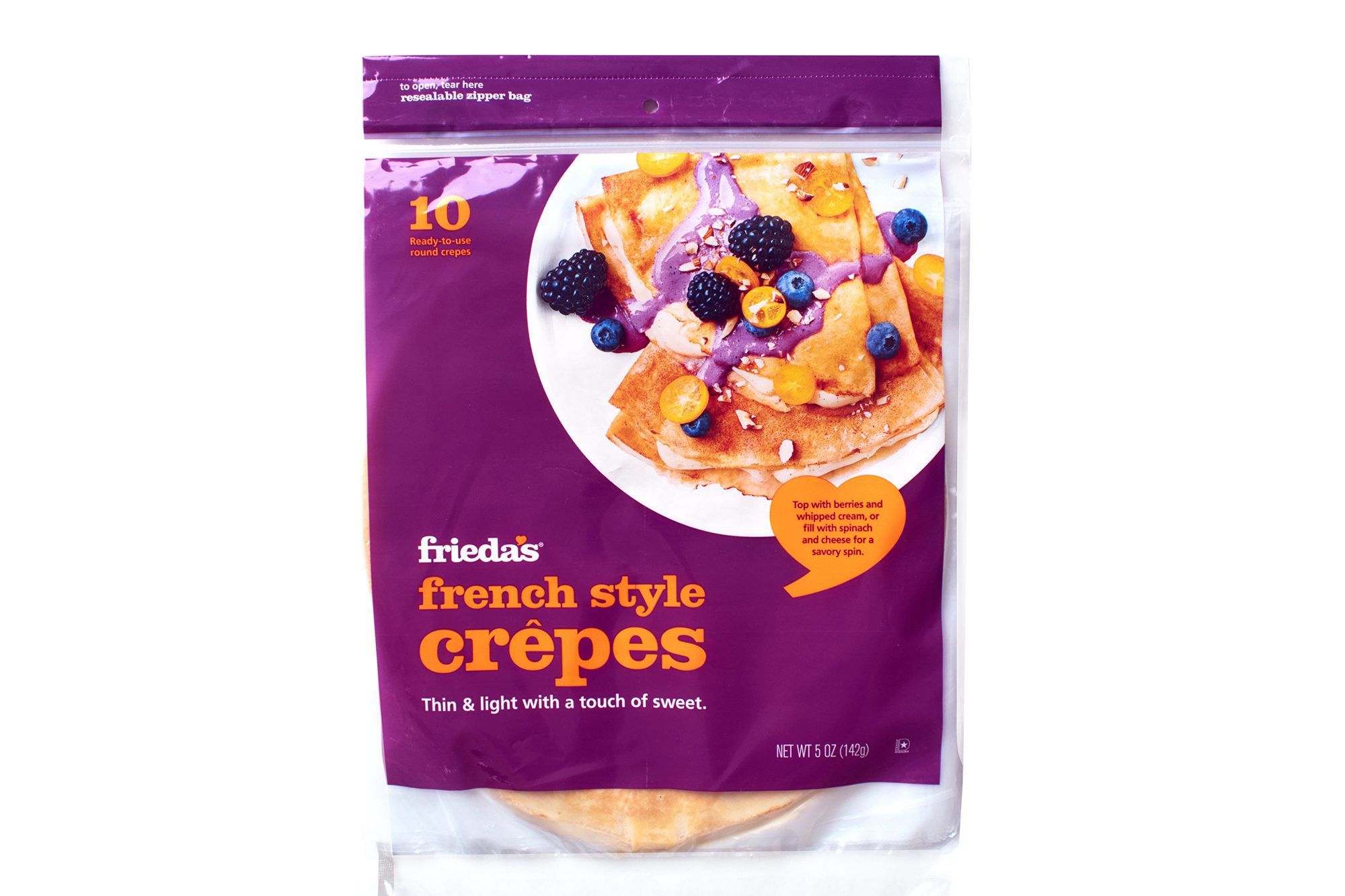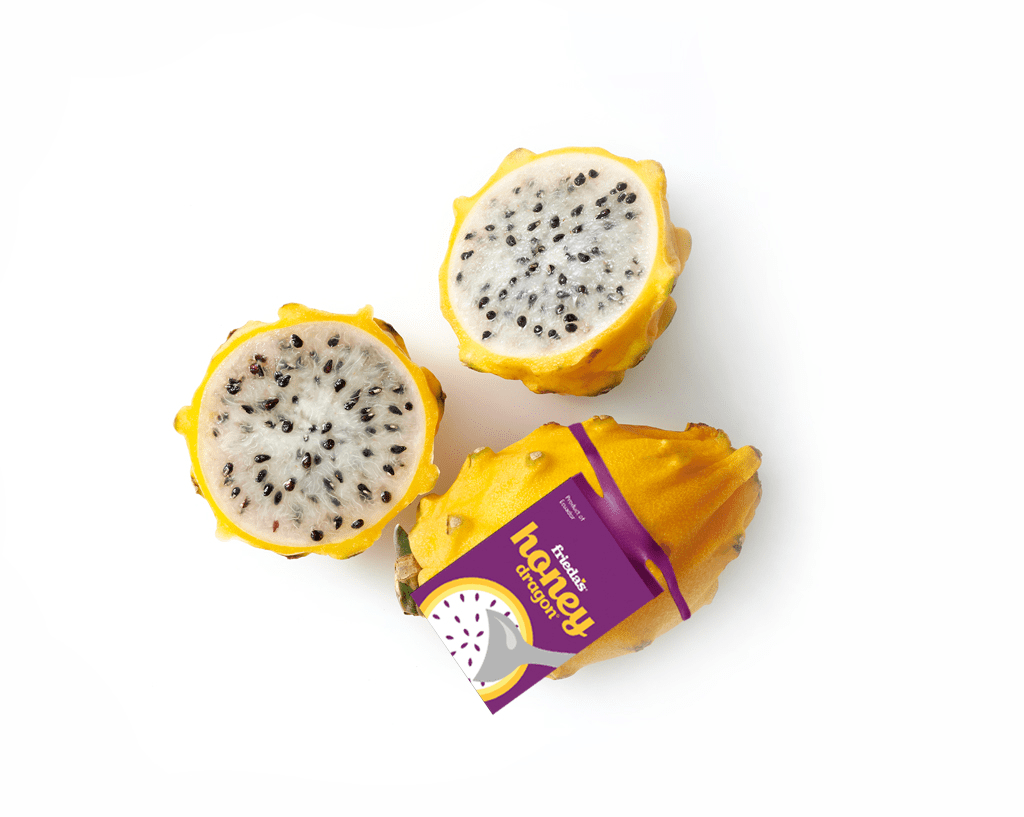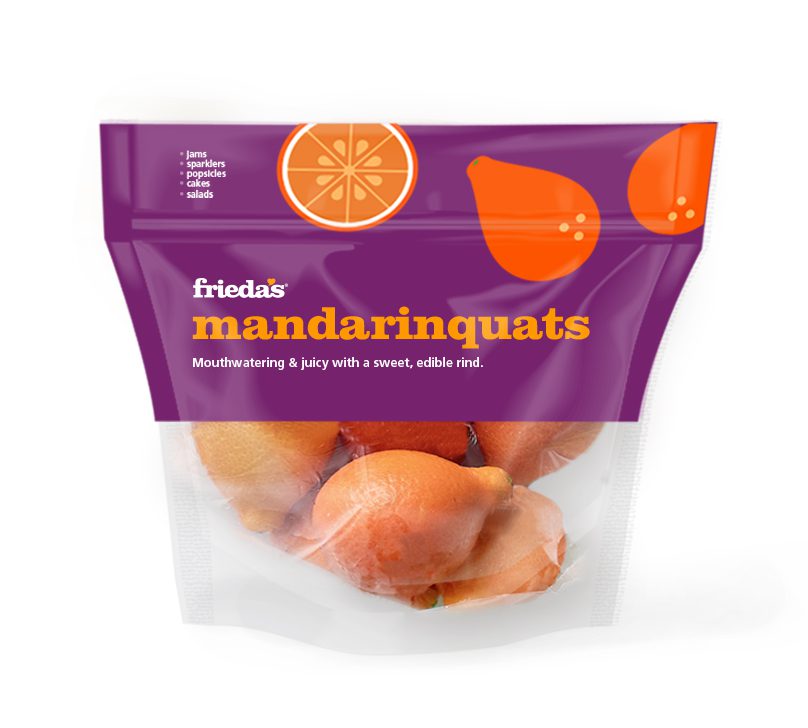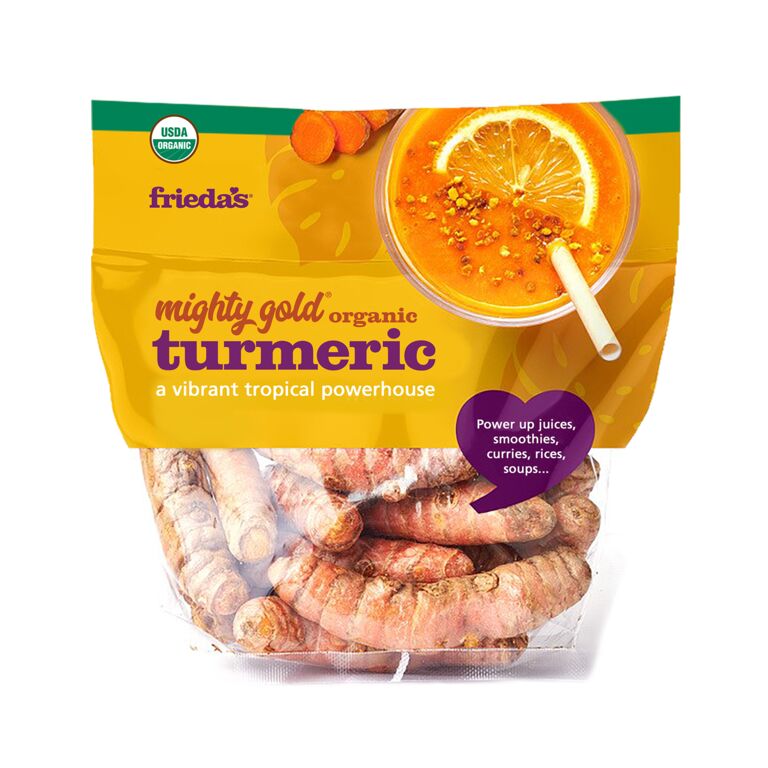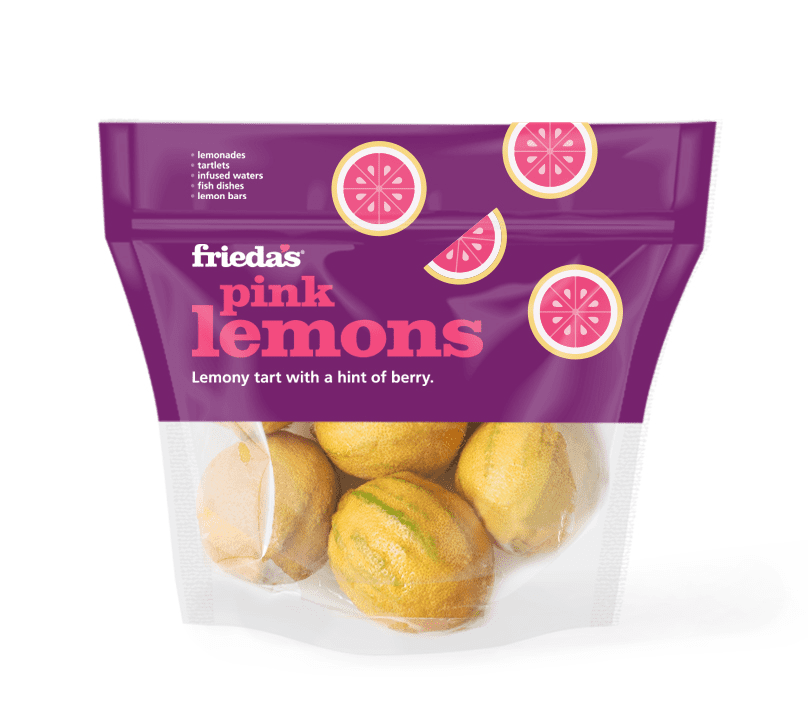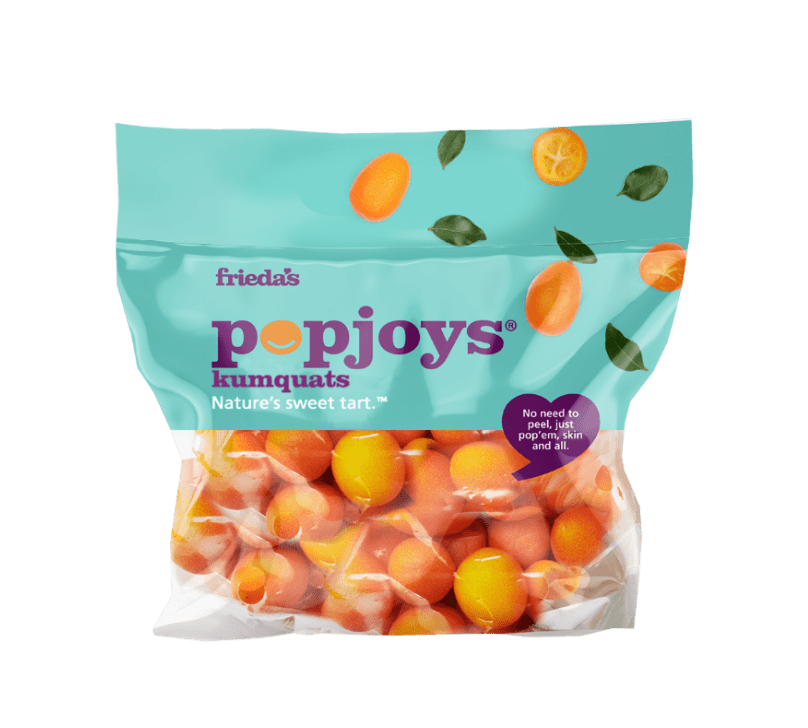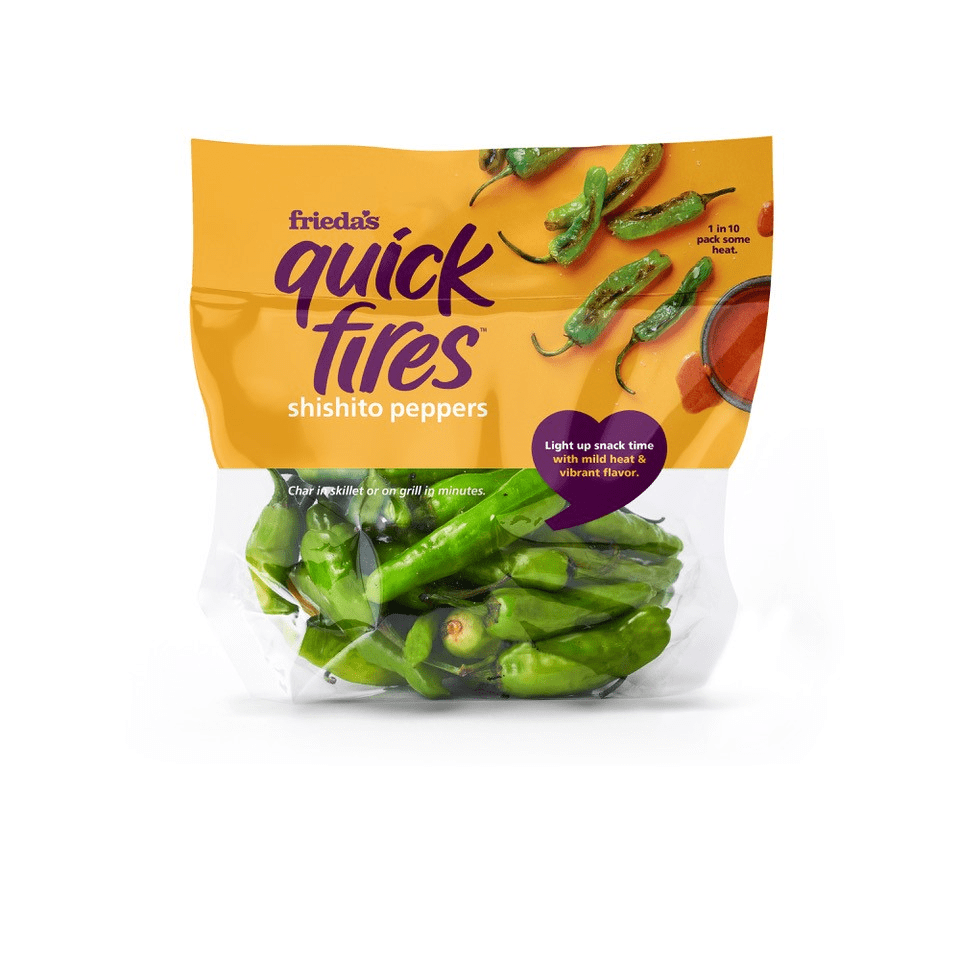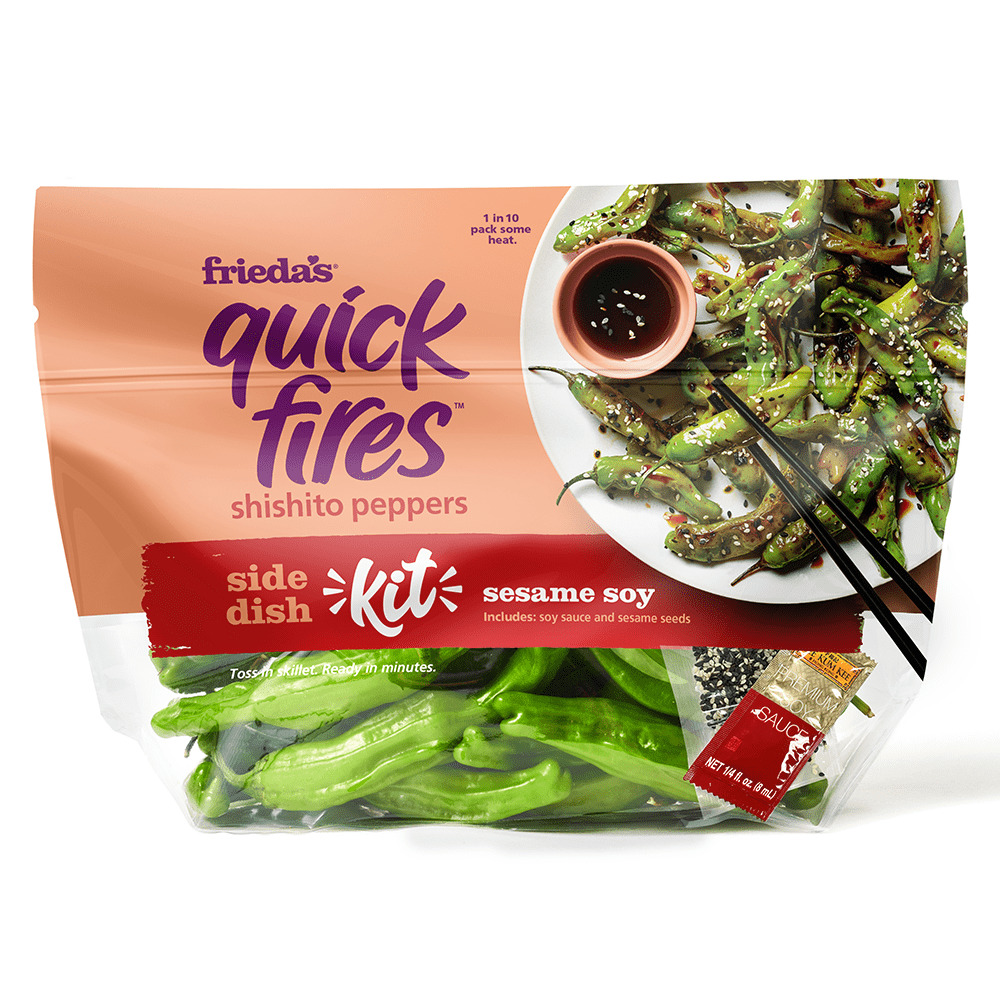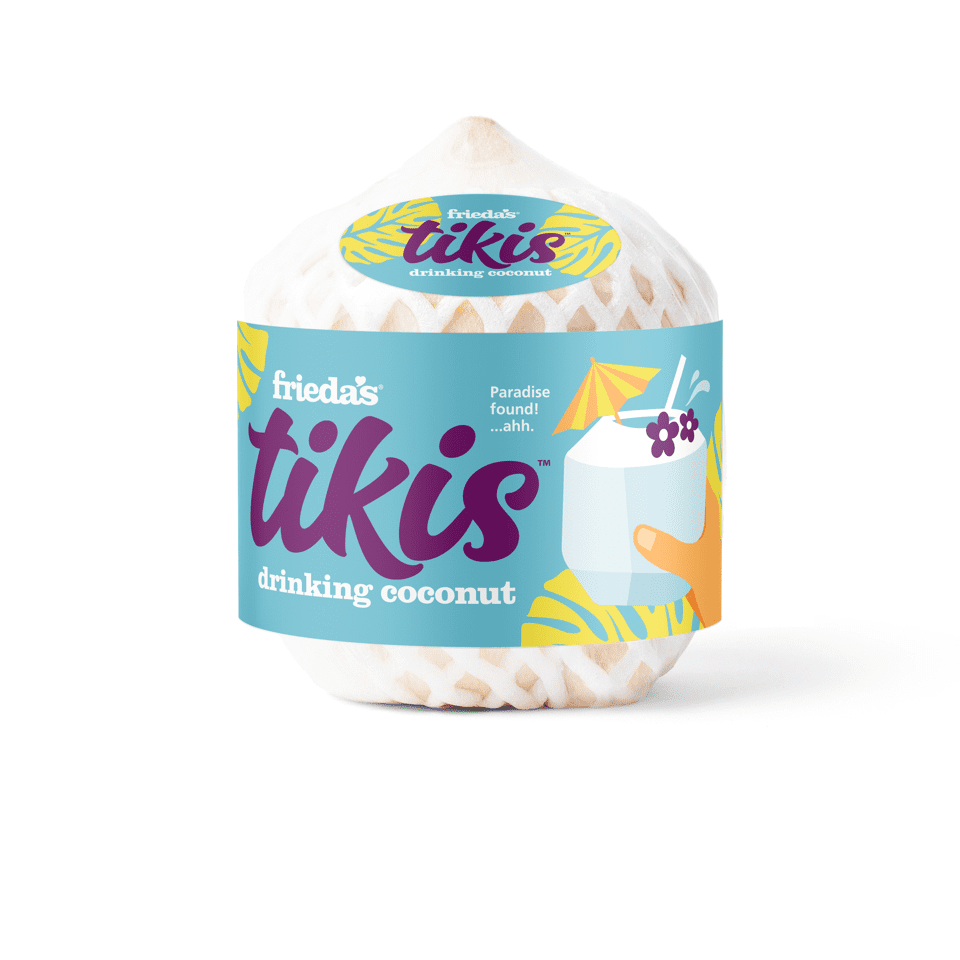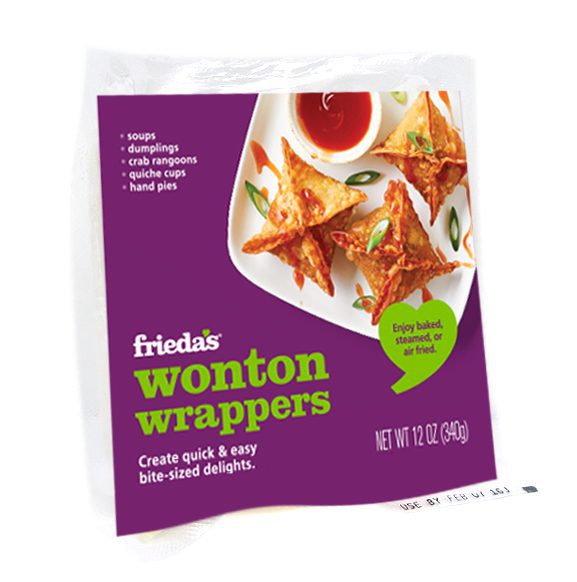You may think that someone who grew up in the produce industry would know “everything” about citrus… but I readily admit that I don’t.
As I travel around the country and visit different supermarkets, I’ve noticed an increase in the number of citrus fruits at this time of year. When I was in Berkeley, California, a few weeks ago, and went to the famed Berkeley Bowl, I was overwhelmed by the variety of citrus, and what caught my eye most were all the signs for “Satsumas.”
Satsumas were everywhere. Each aisle seemed to feature this fruit from different growers and growing areas.
So when I returned home, I decided to go right to the source for everything citrus.
Let me introduce an amazing woman, Dr. Tracy Kahn, whose official title is: Senior Museum Scientist and Lecturer in Biology at the University of California at Riverside (and she is the curator of the Citrus Variety Collection). Who knew there was such a collection?!
I called Tracy and asked her to straighten me out. I told her I wanted a simple answer about the difference between a Mandarin, a Satsuma and a Tangerine. She told me (in true Tracy fashion), that there is NO simple answer!
What she did tell me was fascinating. There are really three main biological species in the citrus sub-genus: Mandarin, Citron and Pummelo. Everything else, including sweet oranges and grapefruits, are all hybrids and crosses of those original three.
She told me that in the U.S., we often use the words “Mandarin” and “Tangerine” interchangeably, but that truly is not completely accurate.
When I told her about my field trip to the Berkeley Bowl in early January, she shared that Satsumas are actually a Mandarin hybrid and their peak season is October, November and early December. She told me it was not a surprise that I saw so many Satsumas in early January, as so many growers had over-planted later varieties, which were now being harvested…causing a glut of Satsumas to be available.
She told me something else interesting: Those boxed tangerines sold under the “Cuties®” brand might actually be different varieties throughout the season. When the season starts, you will likely find the Clementine variety in their boxes. But after Christmas, you might find W. Murcotts, another Mandarin variety.
As we enter the month of February, you will see Pixies, Yosemites, Tahoes, Shastas and of course W. Murcotts. All are Mandarins and are mostly seedless and very sweet.
When trying to decide if a piece of fruit will be good to eat, here are the top three things I look for:
1. Does the fruit look fresh? (No dark or soft spots.)
2. Is the fruit heavy for its size? (That means it’s juicy and not dehydrated.)
3. Is the outside skin shiny? (Shows how fresh it is.)
And now you know! Enjoy all the citrus fruits that are available!
Karen


